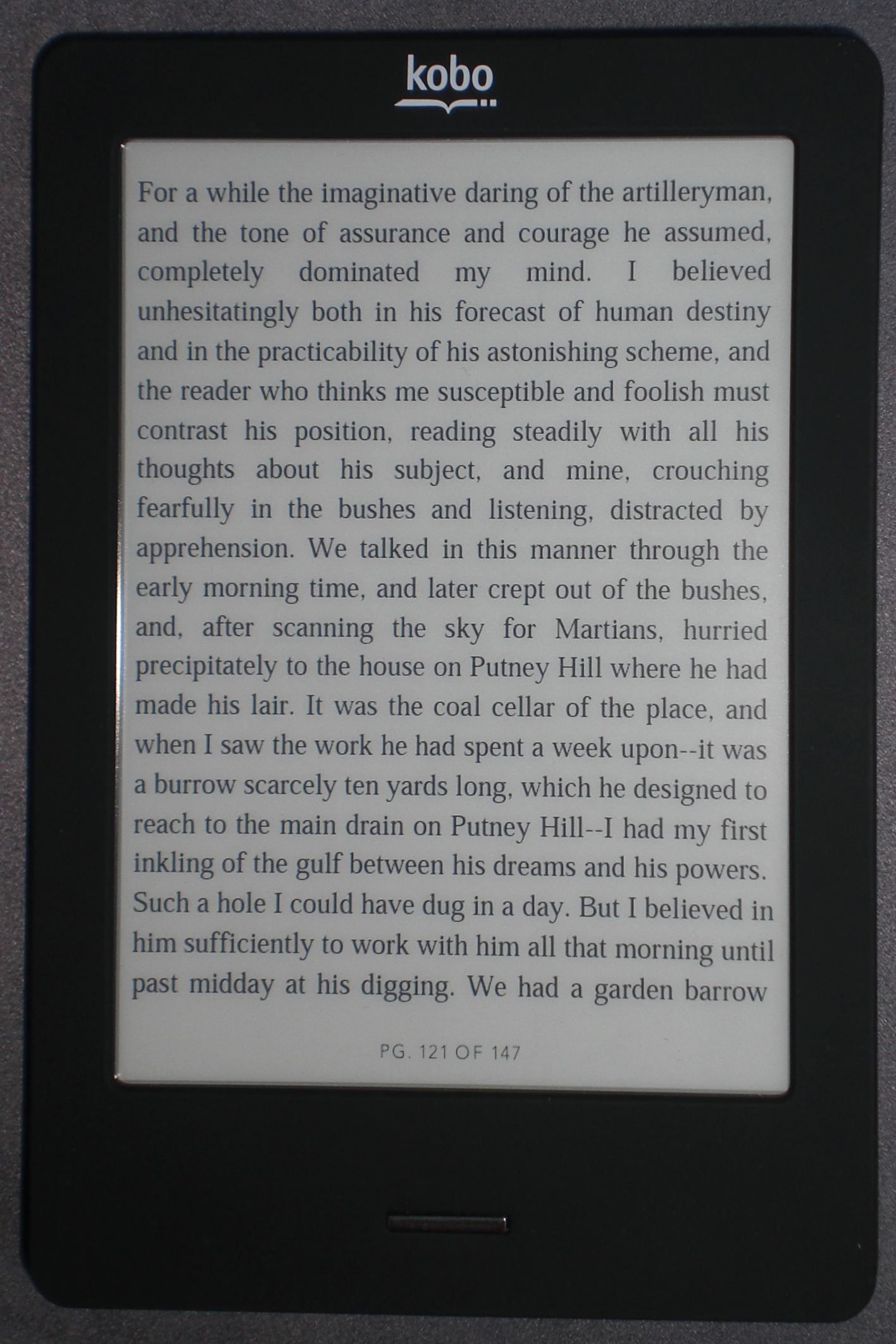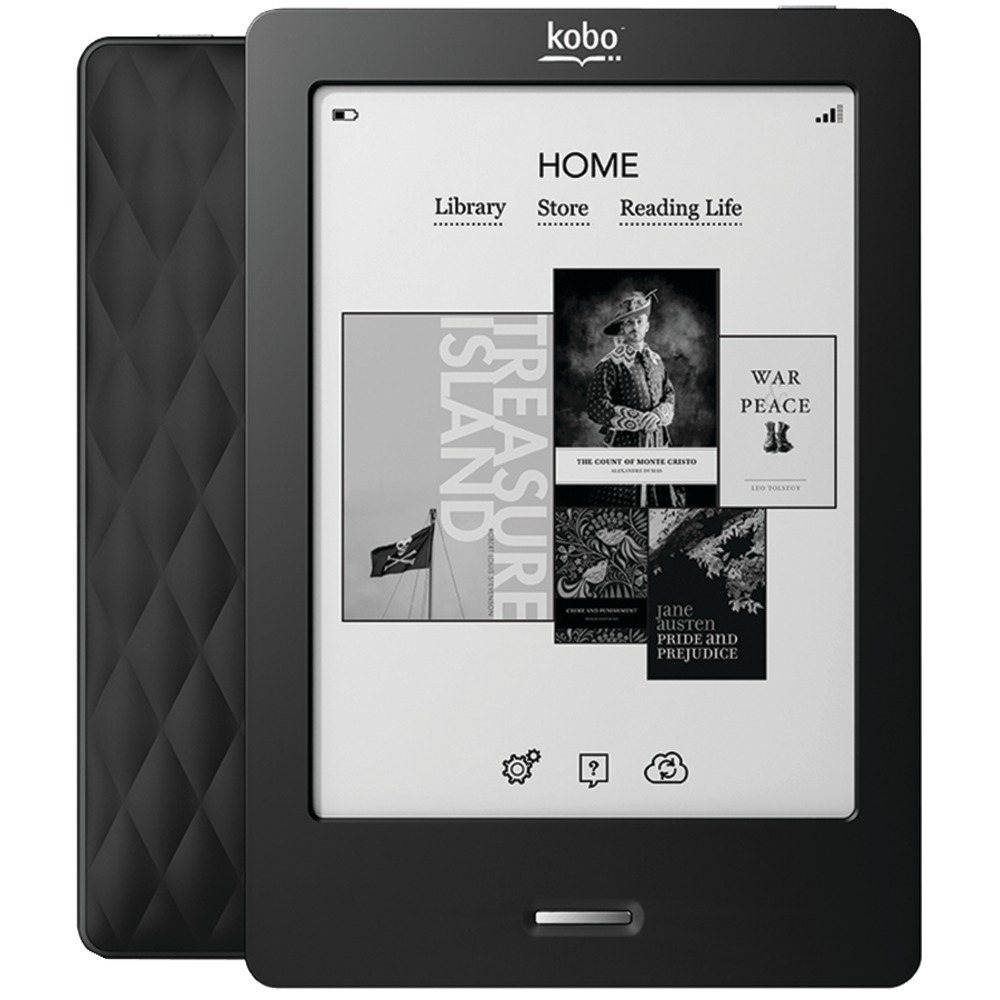

Instapaper's free tier gives you unlimited saves, cross-platform support, folders for organizing articles (though there's no proper tagging system), and third-party API integration. They mostly function the same way-tap a few buttons and the article you're viewing will be stored in your account's queue so you can get back to it later-but their free offerings are a bit different, and each has a different advantage when syncing with your e-reader. The only two that currently sync with Kindle and Kobo are Instapaper and Pocket, both of which offer free and premium tiers.
#Instapaper kobo touch software#
Kobo's software can sync directly with your Pocket account.īefore sending articles to your e-reader of choice, you'll have to pick a read-it-later service. Setting that up is easy, too: Create an account with either Pocket or Instapaper, set up the share extensions in your browser and on your phone, and tap some specific buttons every time you come across an article you'd like to read, and they'll be there waiting for you on your Kindle or Kobo.

If you have an iOS device, a Focus mode for reading could help you weed out any distractions, but if you have a Kindle or Kobo e-reader, those devices create a much better space for dedicated, distraction-free reading that'll help you finally put a dent in your to-read pile. Sure, you could dedicate some time to sit down and clear your article backlog on your phone or computer, but those devices throw so many distractions our way with push alerts and text chimes they're rarely the ideal vessel for attentive reading. You can use read-later extensions from Pocket or Instapaper to save articles on your Kindle or Kobo with a single click so you can revisit them later. But it’s 2021 and you don’t need to be in a specific location or use a specific device anymore to read something.

There’s no sense including color data that can’t be displayed, so we might as well have fine-tooth control over what it looks like in grayscale before we ship it over to the device.Between appointments, meetings, time with loved ones, errands, and general to-do's, you might forget about that article you bookmarked in your browser to read when you had the time. In addition to the width, height, and resolution, you’ll also note we set the color mode to “Grayscale” and “16 bit”. Let’s take a look at what that looks like in Photoshop, but you can adapt the steps to your image editor of choice. If you wish to make a screensaver image for the Kobo Aura HD or Aura H20 (which have the same resolution and PPI) you’d create an image that was 1080 pixels wide, 1440 pixels high, and with a resolution of 265 pixels per inch. Using those values you can fire up your favorite image editor to create from scratch or crop-down images to the exact specifications for your device. Before we proceed to the process of actually making the images, let’s look at a breakdown of the various resolutions and PPI of the various models so you’ll be ready with the right dimensions for your image editor. A good screensaver image translates well to black and white, has crisp lines, and is the exact resolution and pixels-per-inch (PPI) of the Kobo model you’re using.


 0 kommentar(er)
0 kommentar(er)
